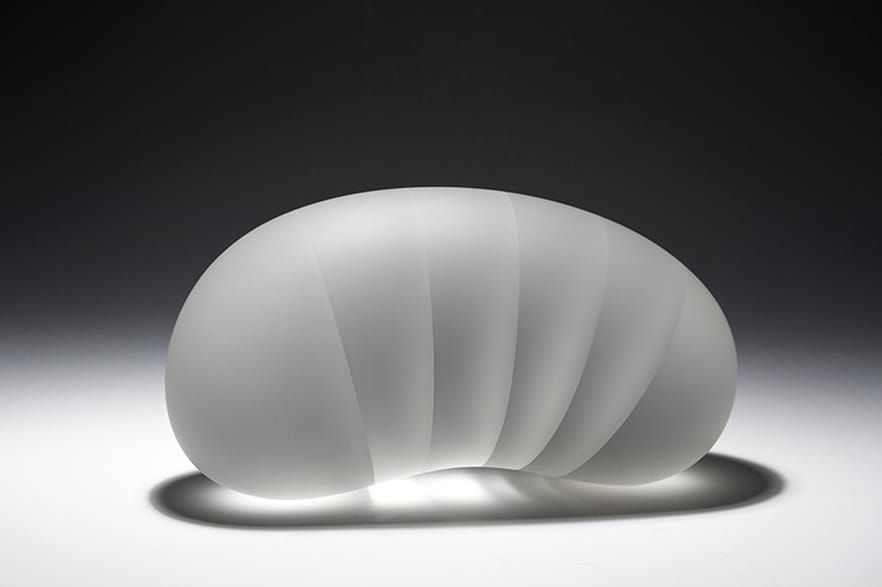Jack and I occasionally circumnavigate a small wooded area that lies behind our local middle school. It’s an uninviting, snarly sort of place, all tangled with vines and thick with underbrush, so we’ve never ventured past the perimeter, until today, when a do-goodness adventure invited us inside.
“Mommy, you’re going to need a garbage bag,” Jack called out as he ran ahead.
“Right here,” I said, reaching into my pocket for a poop bag.
“That’s gonna be too small, Mummy. We need a big bag to clean up this mess.”
As I got closer, I could see that he was right. The entire area was littered with aluminum cans, discarded water bottles, and bits of paper. I sighed and reached into my inside pocket for a reusable shopping bag.
We began by walking around the woods, and after one pass, my bag was nearly full, and I had that do-good kind of feeling. Next, it was time to work our way into the brush, and I called out,
“Bubba, where is the easiest place for me to go into the brush? Someplace not too tangly. ”
“Over here, follow me,” Jack said as he led me into the little woods. Once inside, we were met with a few surprises. First, we found several well trampled paths and open spaces, none of them visible from the perimeter, So… a hiding place.
Then, there was the stuff we found – beer cans (lots!), 2 empty liquor bottles, cigarette butts, used condoms (ick!) and condom wrappers, a used tampon (again, ick!), a single black sock and a disintegrating striped towel. So… a make-out place.
Jack and I spent the next half hour, picking up trash. I used a poop bag as a glove, and it wasn’t long before we had the place looking spic and span. After that, Jack and I hauled our trash to the school garbage can where we sorted our recyclables and tossed the rest. It took us nearly an hour to manage the job, and my gross meter was maxed out. By the end, I was feeling tired and sore, but positively glowing with do-goodness.
“Mummy, why do people throw things on the ground? The garbage cans are really close, why don’t people use them?”
“Most people do put their trash in the garbage, Bubba. In this case, I think it’s because they were kids doing grown-up things, and they were afraid of being caught.”
“Well, I think that if you’re too young to clean up after yourself, you’re too young to do the grown-up things,” Bubba said as he set out toward home.
“Yep, I agree, Bubbs. I agree.”


















